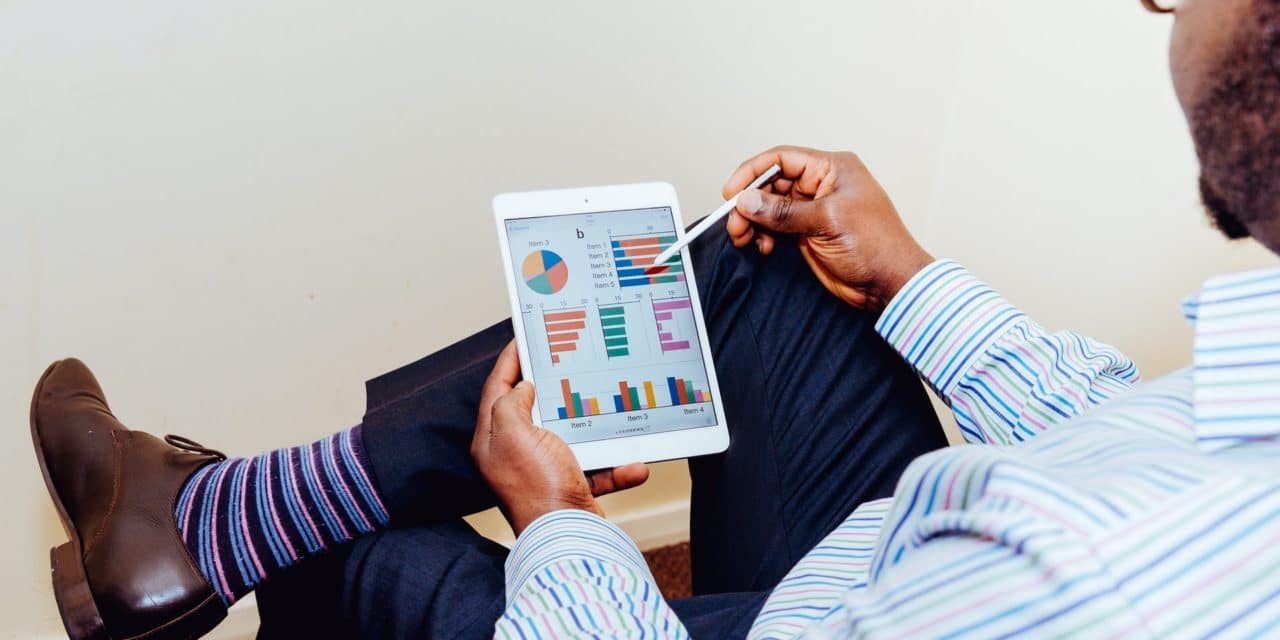[ad_1]
While it's nice to see the fast development in touch screen hardware, software vendors will need to create more finger-friendly touch screen software, for finger and pen computing to catch up. One promising example is ASUS's Touch Gate software.
Touch Gate software is a replacement for the default Windows desktop.
The main interface is designed as a 3-sided cube. The main sections are:
* standard Windows explorer desktop,
* touch enabled applications and
* web widgets.
You can move between screens by flipping with your finger over a window.
The main section includes a large row of icons, that lead you to five applications.
Pressing the button in the bottom shows you all applications.
Configuring the toolbar is easy and fun. Available applications are displayed on a carousel, which you spin around, then move the desired application to desired location.
ASUS tries to make web browsing more finger friendly by providing a virtual keyboard and zooming support for Internet Explorer.
PhotoFun lets you view photos in different ways. Arranged in rows or scattered around the desktop. You can use your fingers to move them around, re-size or rotate them. It even allows you to create instant photo albums. When browsing through your book-like album, you may flip the pages with your finger, with realistic eye-candy animation.
Sticky notes allow you to hand-write reminders and stick them to your desktop. You can even share them across Eee PCs. In addition to Journal, Sticky Notes are the only application that supports palm rejection.
You can position Yahoo widgets (like weather widget or battery life indicator) on the background and drag them around.
Most of the icons are big and work great with fingers. Pressure sensitivity is supported in most applications (but must be manually activated). Palm rejection, on the other hand, could be supported in more applications.
While new interfaces usually have a big learning curve, Touch Gate software works naturally in intuitively.
Touch screen software still has a long way to go, but examples like Touch Gate show us, it's time for touch screen computing.
[ad_2]
Source by Marc L. Abrams

